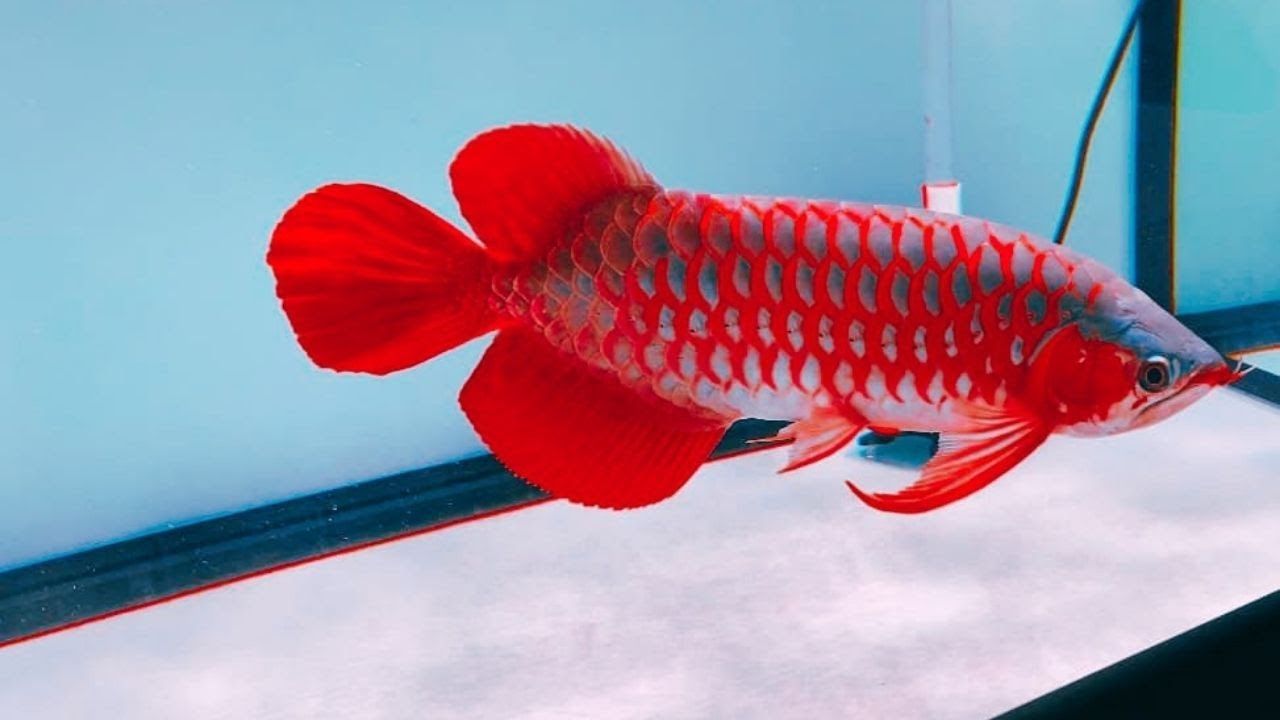- Your cart is empty
- Continue Shopping
Arowana Fish

Introduction
Keeping a pet fish at home can be an enjoyable and rewarding experience. One of the most popular fish species for aquariums is the Arowana fish. Arowanas are known for their unique appearance and are considered a sign of prosperity and good luck in some cultures. In this article, we will delve into the various aspects of Arowana fish, from their physical characteristics to their habitat, diet, and breeding.
Physical Characteristics
Arowanas are large, freshwater fish that can grow up to 3 feet long. They have elongated, torpedo-shaped bodies and are covered in large, metallic scales. Arowanas are most commonly found in shades of green, silver, and gold. They have a large, toothed mouth and a pair of long, slender barbels at the chin that they use to sense their prey. Arowanas also have a dorsal fin that runs along their backs and a caudal fin that helps them to swim quickly.
Habitat
Arowanas are native to the freshwater rivers and lakes of Southeast Asia. They are commonly found in slow-moving waters with plenty of vegetation and hiding spots. In the wild, Arowanas are known to jump out of the water to catch prey or to escape predators. When keeping Arowanas in an aquarium, it is important to provide a large tank with plenty of hiding places and open swimming areas. Arowanas are also known to be territorial, so it is best to keep them alone or in groups of three or more.
Diet
Arowanas are carnivorous and feed on a variety of live foods, including insects, crustaceans, and small fish. In captivity, they can be fed a diet of frozen or live shrimp, crickets, worms, and other small insects. It is important to provide Arowanas with a varied diet to ensure that they receive all the necessary nutrients they need to stay healthy.
Breeding
Breeding Arowanas in captivity can be a challenging task, as they require specific water conditions and can be aggressive towards one another. To breed Arowanas, a male and female must be placed in a large breeding tank with plenty of plants and hiding spots. The water temperature should be around 80 degrees Fahrenheit, and the pH level should be between 6.0 and 7.5. Once the eggs are laid, they will hatch within a few days, and the fry will require special care and feeding until they are large enough to be introduced to a regular aquarium.
Conclusion
In conclusion, Arowana fish are a unique and fascinating species that can make excellent pets for experienced aquarium keepers. They require specific water conditions and a varied diet to stay healthy and thrive in captivity. Arowanas are known for their stunning appearance and interesting behavior, making them a popular choice for aquarium enthusiasts around the world.

